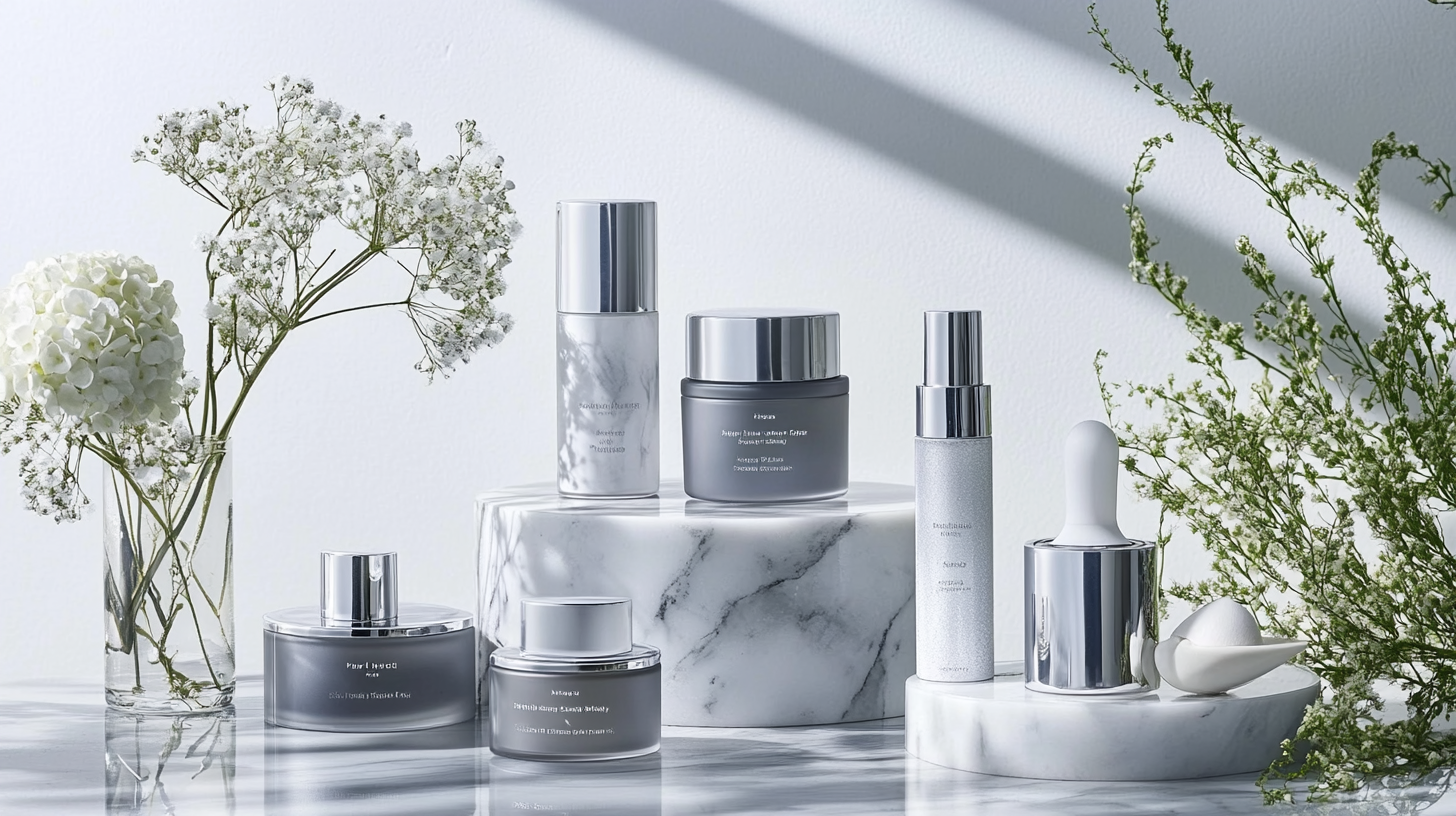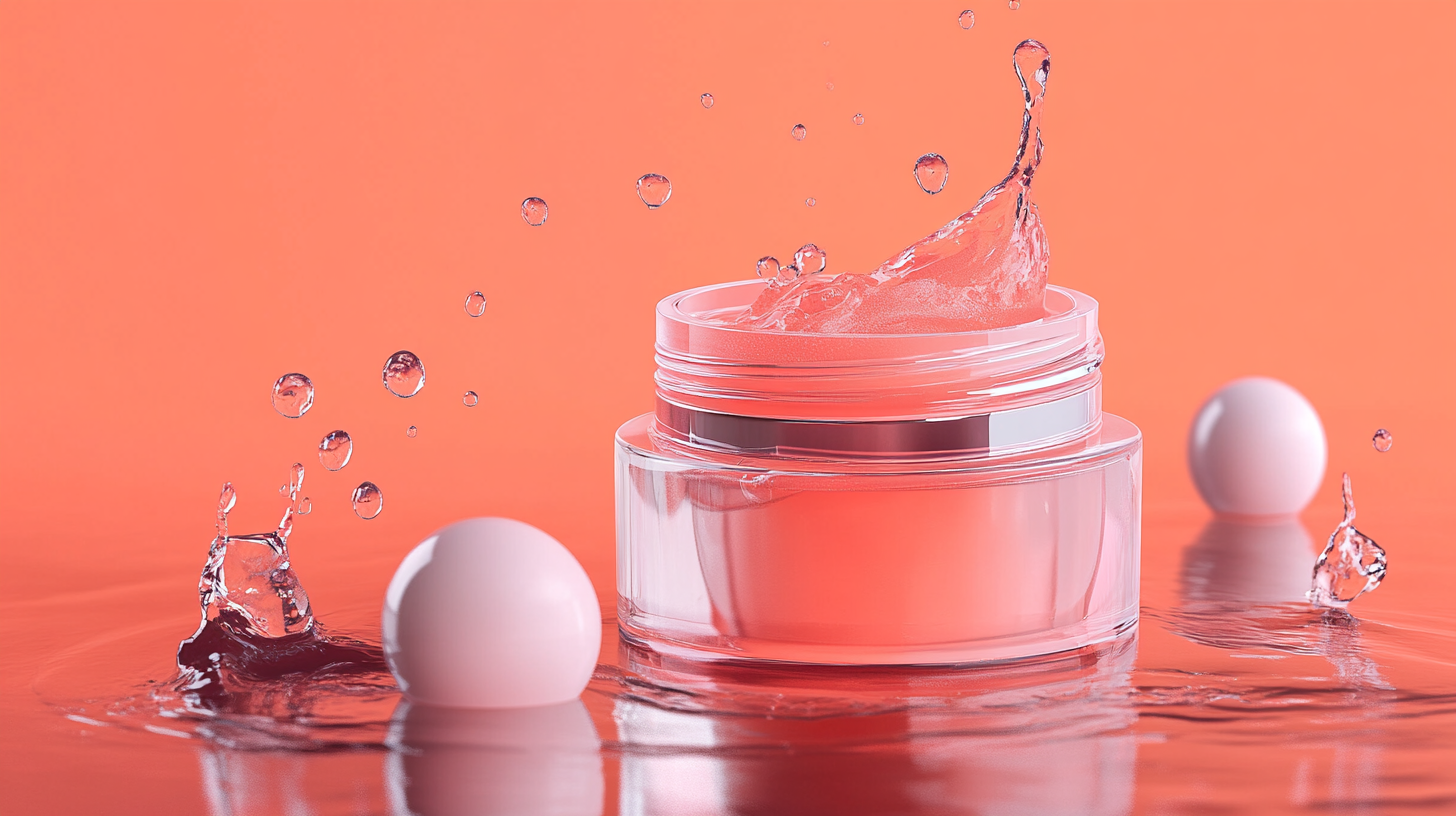Discover the Latest Innovations in Medical Skin Care Products for Optimal Global Sourcing Solutions
The rising importance of Medical Skin Care Products in the ever-changing health and wellness world cannot be ignored. As consumers are becoming more aware of how proper skincare contributes to overall wellbeing, hence their quest for novel yet effective solutions grows at a rapid pace. This blog will elucidate the recent advancements in medical skin care, hinting at products that not only solve specific skin concerns but also help with general wellbeing. With technological advancements and research as the hallmark for this level of achievements, everybody has something to learn from here to help them make informed decisions.
The other aspect that affects the quality and efficacy of medical skin care products is their global sourcing. Therefore, once brands get into international markets, varying formulations come forth that cater to a wide array of skin types and conditions. The blog will present examples of sourcing solutions aimed at optimizing accessibility while still adhering to high production standards. Get ready to delve into some of the most exciting trends and innovations that will shape the future of medical skin care for a brighter and healthier population.

The Impact of Technological Advancements on Medical Skin Care Product Development
The landscape of medical skin care products has been changing with rapid advancement in technology, which is now incorporated into product development and improving patient outcomes. Personalized treatment options are on the rise such that an innovation today likely targets a certain condition of the skin using state-of-the-art methods, ranging from novel delivery systems to smart formulations. These are some examples of health enhancement services that will be beneficial to women, in diverse clinical settings, ranging from hospitals to Ambulatory Surgery Centers (ASCs). Technology such as the targeted supramolecular assembly method marks a new era in regenerative medicine and brings hope for treatments to take care of skin ailments. Restoration of skin is one of the goals of this technology, but it indulges the patient even more by merging well-documented scientific principles into practice. The emerging trends give way to more personalized and better medical skin care solutions. The strategic partnerships across the industry, like that of the key respiratory therapy players, speak volumes of the impetus behind the innovation. It is a constellation in the industry to improve drug delivery systems that target different patients with their unique requirements. The global forecast points at much more growth in medical skincare markets between 2024 and 2032, where technological advancements will continue to ensure total redefinition of what care can do for a host of conditions.

Exploring Actives: The Role of Peptides and Growth Factors in Skin Treatment
The emerging medical skin care place has been shining and visible with its upcoming use of peptides and growth factors on the way into promising innovations. These chemicals are very active and pretty good enough for people to get noticed because of their astonishing activity in repairing, rejuvenation, and combating signs of aging on the skin. Peptides are short chains of amino acids and operate as messengers in the skin, stimulating skin cells to produce collagen and elastin.
Growth factors are proteins that are important messengers for communication between cells and will stimulate a cell's growth, division, differentiation, and activation. These proteins thus become crucial in the wound healing process and the regeneration of the skin. They are included in skin care formulations because they can significantly help promote skin natural repair factors and generate good benefits in a shorter time frame.
There is careful sourcing for modern-day medical skin care formulations. Given the growing demand for effective and sustainable skin therapy, producers are increasingly paying attention to how they can maintain the quality and efficiency of peptides and growth factors. This will be made possible by biotechnological advancements, which will enable them to produce not only high-grade active ingredients meeting international sourcing standards but also ingredients functional for a broad range of skin types and skin concerns. And indeed with the right innovations, the future of skin treatments looks promising.

Sustainability in Sourcing: Eco-Friendly Ingredients in Skin Care Products
The skincare industry is increasingly turning its focus on sustainability due to increasing consumer demand for eco-friendly products. Research shows that 89% of consumers prefer to buy sustainable products, which is shaping the future of the beauty sector. By 2024, with a global market for natural and organic cosmetics projected to be worth $12.37 billion, this market is expected to double by 2033 at an extraordinary yearly growth rate of 7.5%. This drastic change from dependence on unnatural ingredients is not merely a trend; it provides a cue for a fundamental transformation in how brands source and formulate their products.
In simple terms, sustainable sourcing means using eco-friendly ingredients. These days, more brands are getting their formulations with plant-based, low-carbon, and less toxic ingredients through the door. This speaks to a more general environmental concern. Innovations like refillable packaging and vegan formulations are indicative of a larger shift toward diminishing waste and reducing beauty products' carbon footprint. Brands that excel in this territory are expected to earn greater loyalty from consumers who judge brands by their sustainability claims.
Moreover, with increasing awareness, consumers are demanding higher standards of transparency into sourcing practices. The brand's approach should vary; it must now be modern in conveying sustainable practices to build trust in the eyes of clients. Successful sustainable branding is about marrying environmental issues with product efficacy-create solutions that stand for the consumer's values today, all while sticking with quality.

Regulatory Trends: Compliance Challenges for Global Sourcing in the Skin Care Industry
The skin care sector is booming with incredible innovations, but it has some bad news as it brings along regulatory hurdles for most of the companies in global sourcing. The compliance landscape is full of minefields and must be treaded with absolute knowledge of the various regional regulations as they differ significantly. Such a position calls for conformity in safety and efficacy of the products, as well as being environmental and correct labelling.
Unequal enforcement in itself can bring a lot of confusion in different regions. The European Union, for example, has REACH regulations where "registration, evaluation, authorization and restrictions of chemicals" requires extensive safety data, whereas other markets may be less stringent. Because of this difference in certain markets, confusion might ensue as businesses try to comply with several different locales. Local penalties may require costly recalls and fines, or worse, damage to the brand.
Sourcing transparency is increasingly emerging. Consumers are so aware and sensitive regarding these origins, which is forcing the brands to be more ethical. This not only satisfies regulatory requirements; it also builds trust among consumers. Companies that have to create resilient supply-chain strategies, including compliance audits, supplier certifications, and stringent quality controls, are busy reducing risk and bringing compliance into a competitive advantage with which this modern industry will have to contend because it keeps changing.
Market Insights: Analyzing Consumer Preferences in Medical Skin Care Innovations
In recent times, the land of medical skin care is changing rapidly due to shifting consumer preferences and innovations within the industry. As the demand for effective and trustworthy skin care solutions rises, consumers are becoming more concerned with aspects such as transparency, sustainability, and effective ingredients. Given the plethora of choices that the typical consumer faces today, it is now up to brands to chart a path that balances traditional against the new to satisfy the varied needs of modern consumers.
Newer entries in the market reveal distinct segments within the medical skin care field having an intent for exploration. Service inflation and sky-high costs of living have come to dominate the psyche of the American consumer. This presents an important opportunity for brands to upgrade their value proposition. Products that are of good quality and affordable would speak to consumers who wish to keep an eye on their skin health without breaking the bank. This opportunity also arises due to changing consumer behavior after the pandemic- with the move-off of masks, further diversification of preferences is pushing brands to innovate outside conventional fare.
On the positive side, the global skin care market being on a growth trajectory gives room for the anticipated substantial growth across many sectors. Tailored solutions, like gender-based formulations and customized packaging, are rightfully emphasized. Having universities marketed around personal experience to the consumer, brands bearing these insights while tweaking product lines will gain consumer trust and loyalty ahead of their competitors.
